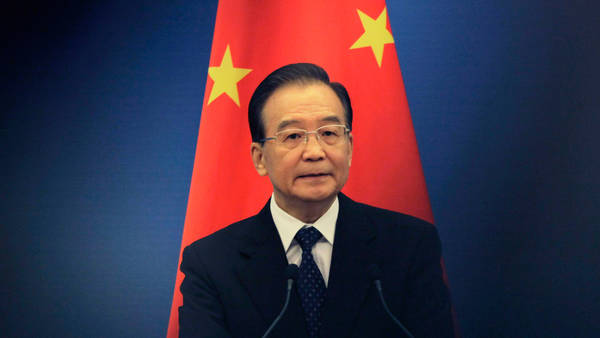The Most Popular Cell Phones of the 1990s

Dr. Martin Cooper, a product development engineer at Motorola, made the first call from a mobile phone in 1973. While this was a major accomplishment, the phone weighed close to 2.5 pounds and the battery life was 30 minutes. To talk for another half hour, the battery needed 10 hours to charge. Clearly, there was room for improvement.
Almost ten years passed before Motorola came out with a second mobile phone. This one had a sticker price of close to $4,000 and still had only a battery life of six hours on standby or half an hour of talk time. Not that it mattered, the high price made these phones unattainable for the vast majority of people.
It wasn’t until the 1990s that cell phones reached reasonable prices and became publicly available. At this time, Blackberry, Motorola, and Nokia were the most popular brands. IBM also had a contender, even if it was more expensive. Apple, HTC, LG and Samsung followed later in the decade or in the 2000s. For people who wanted the convenience of a cell phone in the 1990s, Motorola and Nokia were the best choices.
BlackBerry
BlackBerry was a late contender with the Blackberry 850. Released in 1999, Research in Motion’s BlackBerry 850 was designed to be a wireless pager that served as an organizer and email device. It included an Intel 386 processor and used Microsoft Exchange to handle the email function. The price of this device was just under $400.
IBM
In 1994, IBM came out with Simon, the first smartphone. The cell phone user could make calls, send emails and faxes, keep notes on a digital notepad, perform math functions on the calculator, and track dates on a built-in calendar. It was an innovative phone at $800, but service was limited to just 15 states and users also had to purchase a two-year service contract.
Motorola
While Motorola’s MicroTAC (the world’s first flip phone) became available in 1989, the larger Motorola International hit the market in 1992. This was followed by the StarTAC in 1996. The StarTAC was also a flip phone, but it’s much smaller size made it popular. The price tag of $1,000 was expensive, however.
Nokia
Nokia had many popular cell phone models in the 1990s. With the Nokia 1011, released in 1992, cell phone users gained reception through a pop-up antenna. One of the features that made Nokia so popular was that the phones offered a calculator, games, phone book, and text messaging. ‘Snake’ became a popular game addition to all Nokia cell phones.
Nokia’s 2110 came out in 1994 and wasn’t much of an upgrade from the 1011. The key addition was the Nokia ringtone. By 1998, the colorful 5110 came out and allowed users to purchase the phone in one of six colors. If users wanted to switch colors, they could purchase a new cover. Also released in 1998, the 8110 was Nokia’s first slider phone, one that people saw in the blockbuster movie Matrix.
The 8210 hit the market in 1999 and was proven to be another innovative phone. While modern phones are equipped with Bluetooth for hands-free operation, the 8210 had an infrared port that also allowed for some hands-free functionality. While that feature helped make it a popular option, appearances in movies like Charlie’s Angel also helped.
Byline
Arnold Gustav is a freelance writer who concentrates on tech topics of various sorts and kinds. In addition to cell phones, he has written on video game consoles, the kensington ipad keyboard case, computer software, the tech business and other topics as well.
Image credit goes to ErinLynnYoung.
